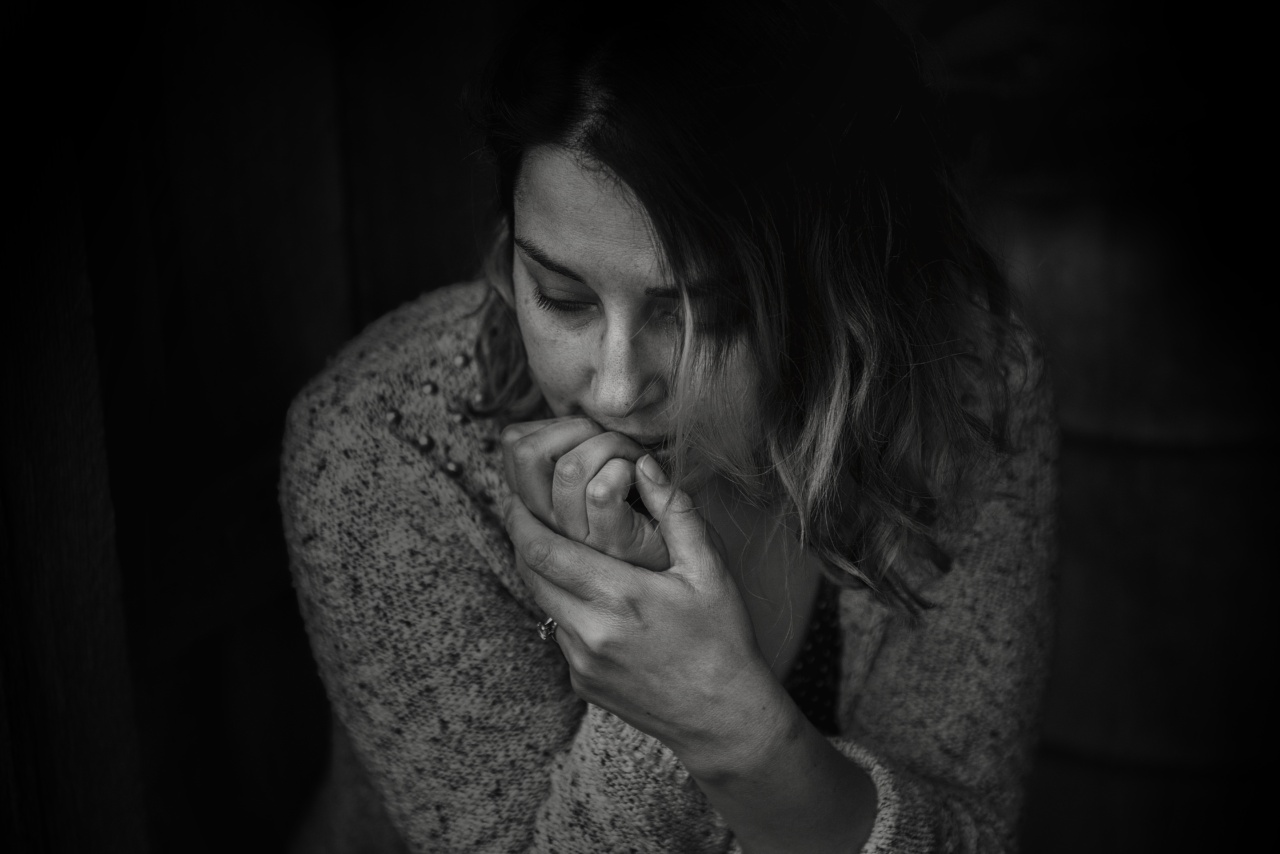Fear is a natural emotion that all humans experience. It can be caused by a range of factors, including past experiences, learned behaviors, and a response to external stimuli.
Some fears are universal, such as a fear of death or heights, while others may be specific to certain individuals or groups. In this article, we will be exploring the differences between men and women in their greatest fears.
Gender Differences in Fear
Research has shown that on average, men and women experience fear differently. Men tend to have more utilitarian fears, such as failure, illness, and poverty. These fears are often related to their sense of self-worth and financial stability.
Women, on the other hand, tend to have more emotional fears, such as vulnerability, rejection, and loss of control. These fears are often related to their personal relationships and self-esteem.
Top Fears for Men
One of the top fears for men is the fear of failure. Men often feel that their success is tied to their identity, and failure can be seen as a personal reflection of their self-worth.
This fear can manifest in different ways, such as a fear of taking risks, fear of public speaking, or fear of rejection.
Another top fear for men is the fear of illness or injury. This fear is often related to their physical capabilities and their ability to provide for their families. Men may also fear the financial burden that may come with a serious illness or injury.
Finally, men may also fear poverty. This fear is particularly prevalent among men who are the sole breadwinners in their households. The fear of not being able to provide for their families can cause significant stress and anxiety.
Top Fears for Women
One of the top fears for women is the fear of vulnerability. Women often fear opening up and showing their true selves, as they may be judged or rejected. This fear can manifest in different ways, such as a fear of intimacy or a fear of asking for help.
Another top fear for women is the fear of rejection. Women often fear being rejected by their partners, friends, or colleagues, as this can be a blow to their self-esteem.
This fear can manifest in different ways, such as a fear of speaking up or a fear of confrontation.
Finally, women may also fear a loss of control. This fear is often related to their roles as caregivers and their desire to maintain a sense of order in their lives.
Women may fear losing control over their emotions, their relationships, or their responsibilities.
Conclusion
While men and women share many universal fears, their greatest fears are often shaped by their gender and cultural identities.
Men tend to have more utilitarian fears related to their sense of self and financial stability, while women tend to have more emotional fears related to their personal relationships and self-esteem. Understanding these differences can help us navigate our fears and find ways to overcome them.


























